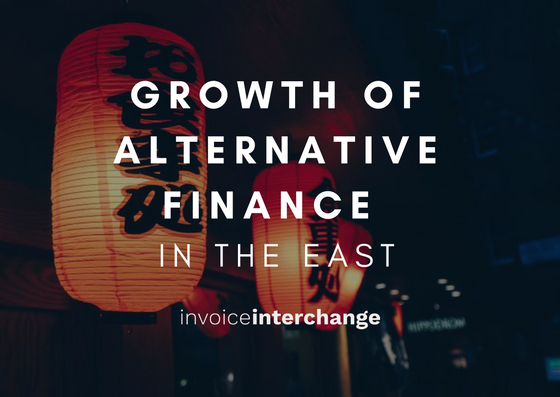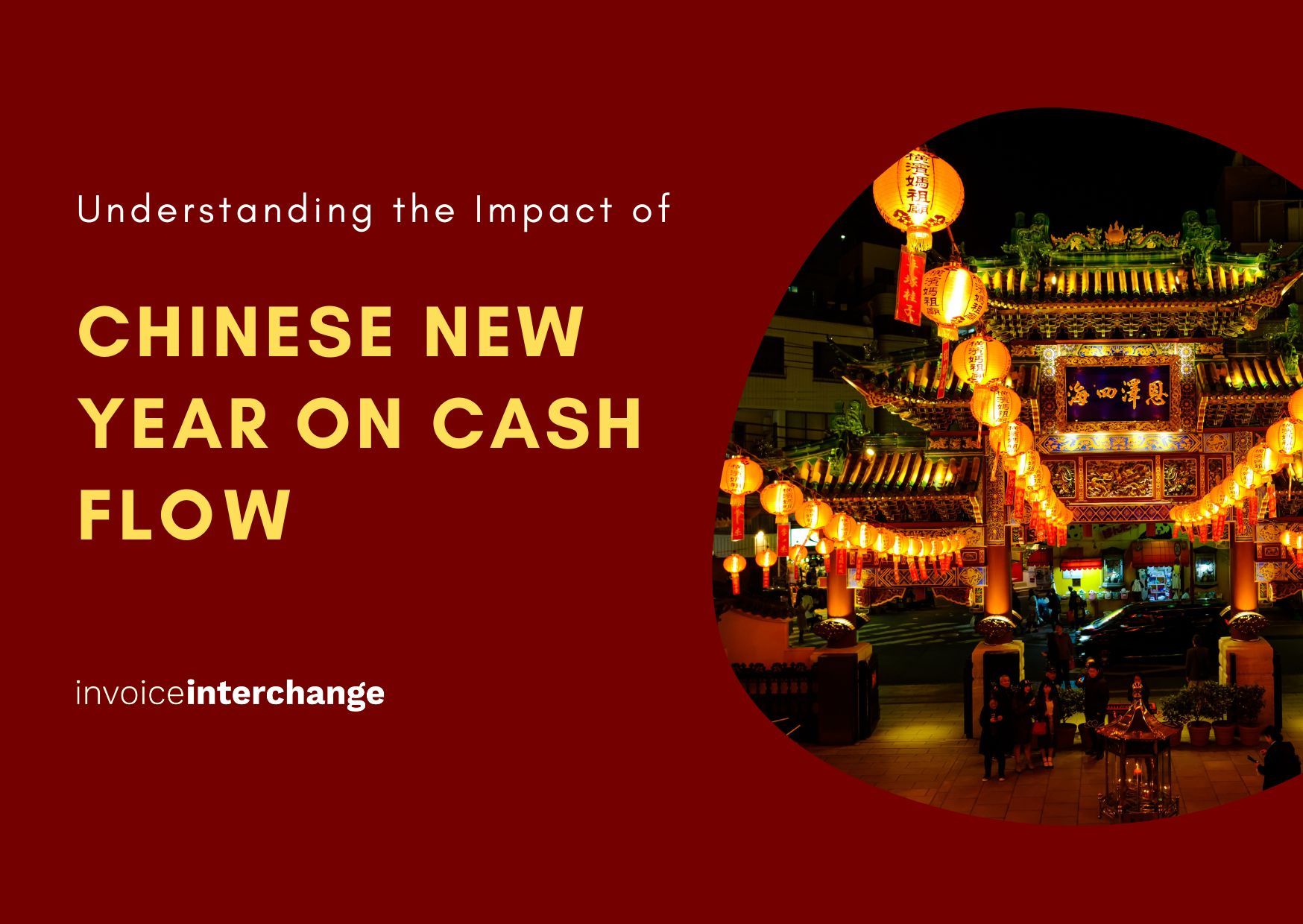
Asia’s Alternative Finance Revolution
Based on data from The World Bank, more than 200 million micros, small and medium-sized enterprises (MSMEs) in emerging economies lack adequate financing. This is due to lack of collateral, credit history and business informality in MSMEs. Hence it’s not a surprise that over the last few years, alternative lending providers in the Asia Pacific Region have grown in exponential terms.
Their spectacular growth of the alternative finance revolution can be attributed to factors such as:
- The ability of alternative lending providers to fulfill a segment, which traditional lenders could not cater for.
- Alternative finance has identified these gaps and develop business models that are efficient, cost effective, speedy and simple to use. Overall this has resulted in better customer experience with more lending options
- Garnered support and traction from regulators, investors, venture capitalists and even from banks themselves.
Growth of Asia’s Alternative Finance
The West has seen staggering growth in alternative finance revolution especially in UK and USA. But the East is fast catching up in countries like China, Singapore, Hong Kong, and most recently Indonesia, Malaysia, Philippines and India. Asian regulators are especially active in encouraging and supporting the growth of alternative lending providers in their respective countries. For example, Singapore regulators have even set aside $225 million to help accelerate alternative finance growth. Hong Kong actively brings together Banks, alternative lending providers and regulators to brainstorm for new ideas and innovative solutions. China has become the largest P2P market with strong government encouragement.
Collaboration between Fintech and Banks
The alternative finance industry has seized a significant portion of market share from traditional lenders, which has brought forth the alternative finance revolution. Their agile and innovative platforms is what attracts investors and borrowers. Hence, banks have finally come to terms that the emerging alternative lenders are here to stay and even pickup pace. Instead of competing head on, they are taking to collaborating, partnering and even investing into alternative finance. Such a strategy allows them to build on each other’s core strengths, such as the ecosystem of innovation from the alternative finance revolution. One such high visible partnership is between Alibaba and Lending Club to extend finance to US manufacturers who buy products or supplies through alibaba.com marketplace.
Related articles
Fintech is Transforming the Financial Services Landscape
The benefits and challenges of overseas expansion
Related Articles

Mastering Cash Flow Management: Strategies for Seasonal Fluctuations

The Working Capital Challenge: How Long Credit Terms Could Be Holding Your Business Back
